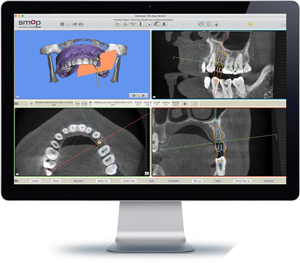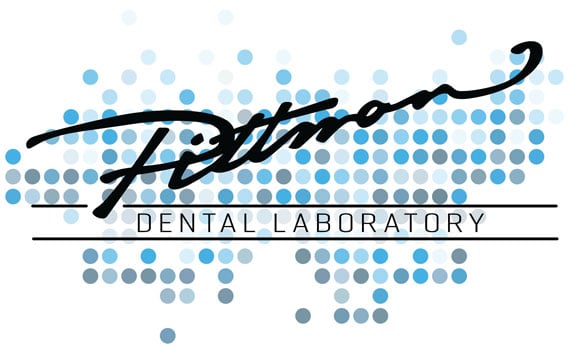In the world of digital dentistry, the use of advanced technology has revolutionized the way dental professionals diagnose, plan treatments, and create custom dental appliances. Digital  files play a crucial role in this transformation, and four common file formats are frequently used: STL, CBCT, PLY, and OBJ. Each of these formats serves specific purposes and has distinct characteristics that make them essential tools in the field. Let's explore the differences between these file types.
files play a crucial role in this transformation, and four common file formats are frequently used: STL, CBCT, PLY, and OBJ. Each of these formats serves specific purposes and has distinct characteristics that make them essential tools in the field. Let's explore the differences between these file types.
1. STL (Stereolithography):
- Purpose: STL files are the most prevalent format in digital dentistry, primarily used for creating digital models of teeth and oral structures. These files represent the surface geometry of an object using a mesh of triangles.
- Advantages: STL files are widely supported by dental software and hardware. They are easy to manipulate, making them ideal for applications like orthodontic treatment planning and 3D printing dental models.
- Limitations: STL files lack volumetric data and do not convey internal details or color information.
2. CBCT (Cone Beam Computed Tomography):
- Purpose: CBCT files contain volumetric data acquired through 3D X-ray imaging. They are used for precise diagnosis, treatment planning, and implant placement.
- Advantages: CBCT files offer a comprehensive view of the patient's oral anatomy, enabling accurate measurements and the detection of bone density and pathology.
- Limitations: CBCT files can be large and require specialized software for analysis. They also involve radiation exposure, so their use must be justified.
3. PLY (Polygon File Format):
- Purpose: PLY files, like STL, represent 3D surfaces but can contain additional data such as color or texture information. They are often used in digital smile design and cosmetic dentistry.
-Advantages: PLY files provide a more visually realistic representation of dental restorations by incorporating color and texture data. This helps in patient communication and treatment visualization.
- Limitations: PLY files may have larger file sizes due to the inclusion of color information, making them less efficient for certain applications.
4. OBJ (Wavefront Object):
- Purpose: OBJ files are versatile 3D file formats that can store both surface geometry and texture information. In digital dentistry, they are used for tasks like 3D scanning and dental prosthetic design.
- Advantages: OBJ files can capture both form and color, making them suitable for applications ranging from digital impressions to the design of dental crowns and bridges.
- Limitations: Like PLY files, OBJ files can be larger due to the inclusion of color data.
In summary, each file format in digital dentistry serves a unique purpose, from creating precise dental models (STL) to offering comprehensive diagnostic information (CBCT), enhancing cosmetic procedures (PLY), and facilitating various aspects of digital dentistry (OBJ). Dental professionals must choose the appropriate format based on their specific clinical needs and the desired outcome of their digital dental procedures.
At Pittman Dental Laboratory, we pride ourselves on being the go-to destination for digital files from doctors. With our team of experienced CAD/CAM and digital technicians, we work tirelessly to guide and troubleshoot alongside doctors every day, ensuring that their patient cases are nothing short of optimal. Contact us today to learn more about the Pittman Digital Difference.
